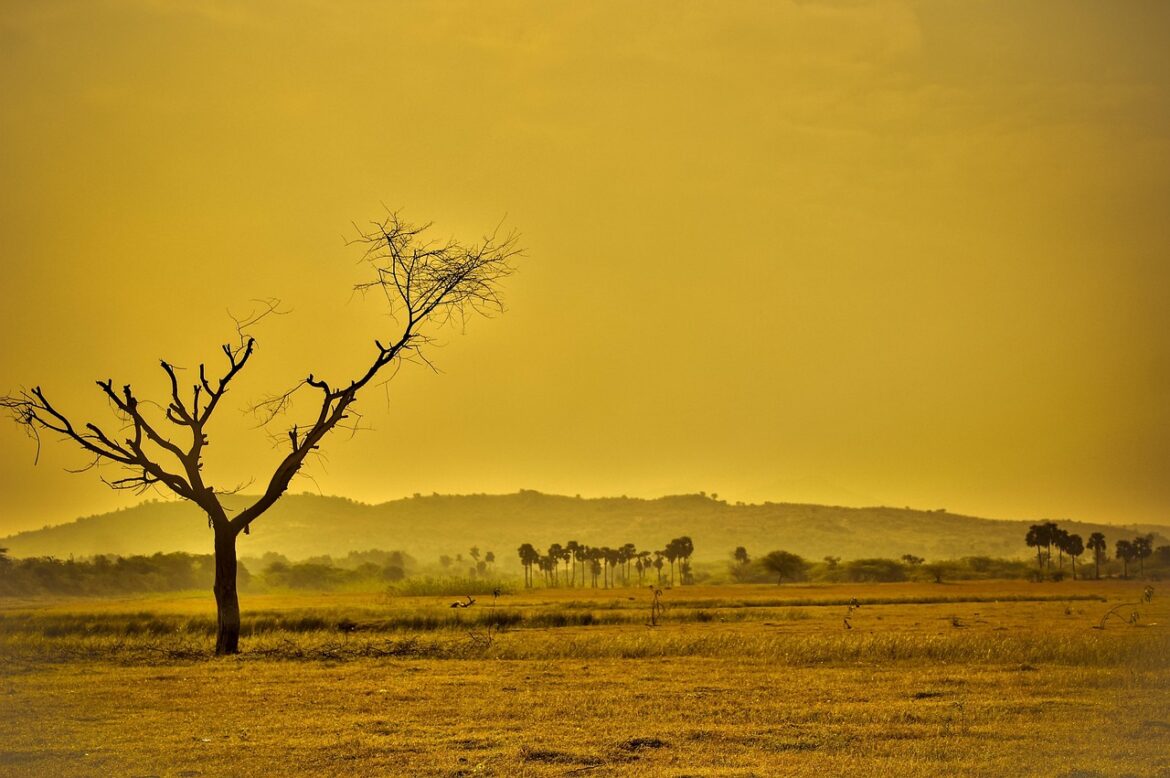Climate change is no longer just a distant threat; it’s a harsh reality impacting businesses and daily life. Let’s delve into recent stories highlighting how climate change affects productivity across different sectors.
Impacts on Electricity Cost and Demand
Imagine Texas during a sweltering summer, where the air conditioning is running non-stop. But what does this mean for electricity consumption? With rising temperatures driving up electricity demand, Texans are facing increased costs. In 2023, electricity demand in Texas was higher due to extreme heat, with climate change contributing a significant portion of this rise. This not only boosts electricity usage but also hikes the price, hitting consumers with a double blow: they need to buy more electricity and pay more per unit[1].
Sustainability Trends and ESG Strategies
Forward-thinking companies like Microsoft and Amazon are embracing sustainability. They’re investing in renewable energy and adapting to the new climate realities. The global green technology and sustainability market is expected to grow dramatically, from $17 billion in 2023 to over $105 billion by 2032. This growth shows how businesses are shifting focus towards sustainability to enhance operational efficiency and attract environmentally conscious consumers[2][3].
Global Economy and Climate Impact
An economics professor recently pointed out that climate change could significantly shrink the global economy. As temperatures rise, production and logistics suffer, impacting industries like agriculture and manufacturing. This not only affects the economy but can also lead to social issues like health problems and potential conflicts due to resource scarcity[5].
Food Security Threats
Climate change is threatening global food security. Rising temperatures have resulted in about a 21% reduction in global farming productivity. This downward trend poses challenges for meeting future food demands. The implications are real for communities dependent on agriculture, who face uncertainties in crop yields and resource availability[7].
Water Scarcity and Productivity
Droughts, exacerbated by warmer temperatures, are impacting agriculture and energy sectors. These water shortages not only reduce farm yields but also affect industrial cooling systems. This shows how multi-faceted climate change is, impacting everything from food output to energy production[8].
References:
- https://skepticalscience.com/new_research_2025_16.html
- https://www.parakeetfinancial.com/blog/top-esg-and-sustainability-trends-shaping-industries-in-2025
- https://www.thetelegraph.com/news/article/companies-will-still-face-pressure-to-manage-for-20270628.php
- https://www.sciencedaily.com/news/earth_climate/climate/
- https://www.aa.com.tr/en/environment/climate-change-may-shrink-global-economy-in-future-expert/3537908
- https://en.wikipedia.org/wiki/Climate_change
- https://earth911.com/living-well-being/adapting-to-climate-change/
- https://www.europarl.europa.eu/RegData/etudes/STUD/2025/765769/EPRS_STU(2025)765769_EN.pdf



